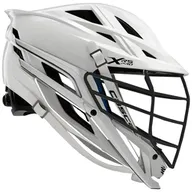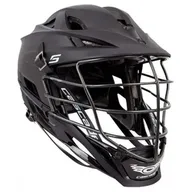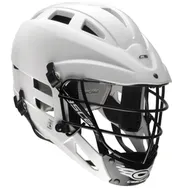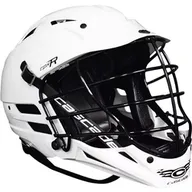Popular Lacrosse Helmets
See more Popular Lacrosse HelmetsTrending Helmet Listings

ctklapheke

Colinsherrick

NNate731

jmdoll3655

blazerlax123

Mstenger31

sunshinest8

Duncanboud

KKilli680

Laxer4562789256

hockeyswaps99
1,299 Results
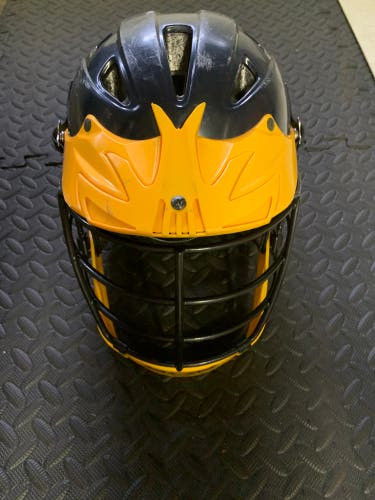
mnhockey1991

mnhockey1991
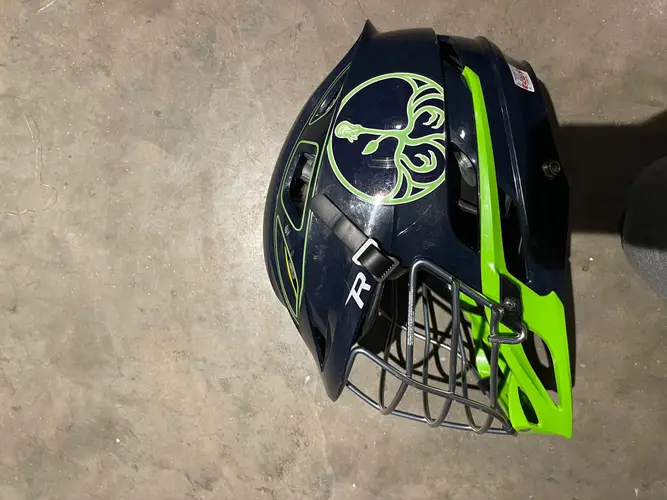
Noah323232
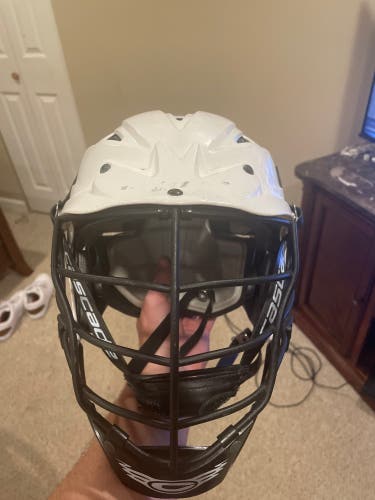
SuperKiwi

PlayItAgainKings

PlayItAgainKings

PlayItAgainKings

PlayItAgainKings

PlayItAgainKings

PlayItAgainKings

PlayItAgainKings

PlayItAgainKings

PlayItAgainKings

PlayItAgainKings

PlayItAgainKings

PlayItAgainKings

PlayItAgainKings

PIAS_MADISON
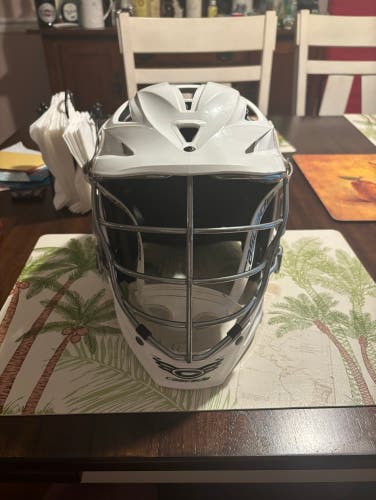
Joederasmo1700

Spencers_laxer
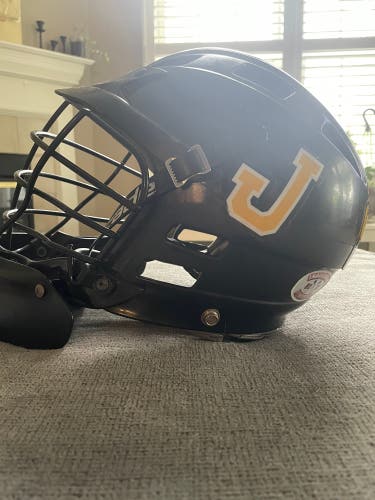
Sam0kennedy3
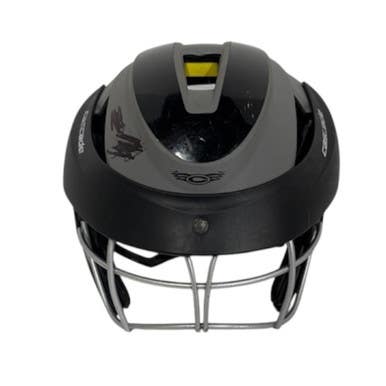
pias11406

piasplattsburgh

PIASMooresville

PIASMooresville

Lacrosseguru434

dd10241

piasplattsburgh

PlayItAgainKings
Cascade (Used) White Helmet
$68
REMOVED

SHay122

NM13Lax
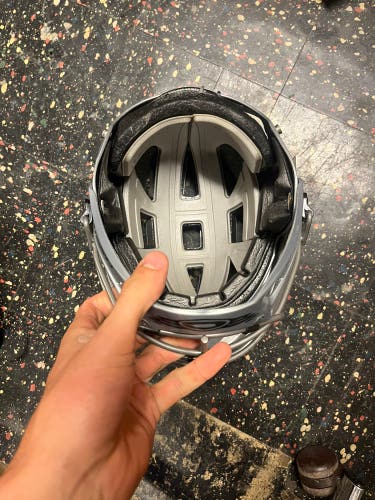
Dsambuco18

